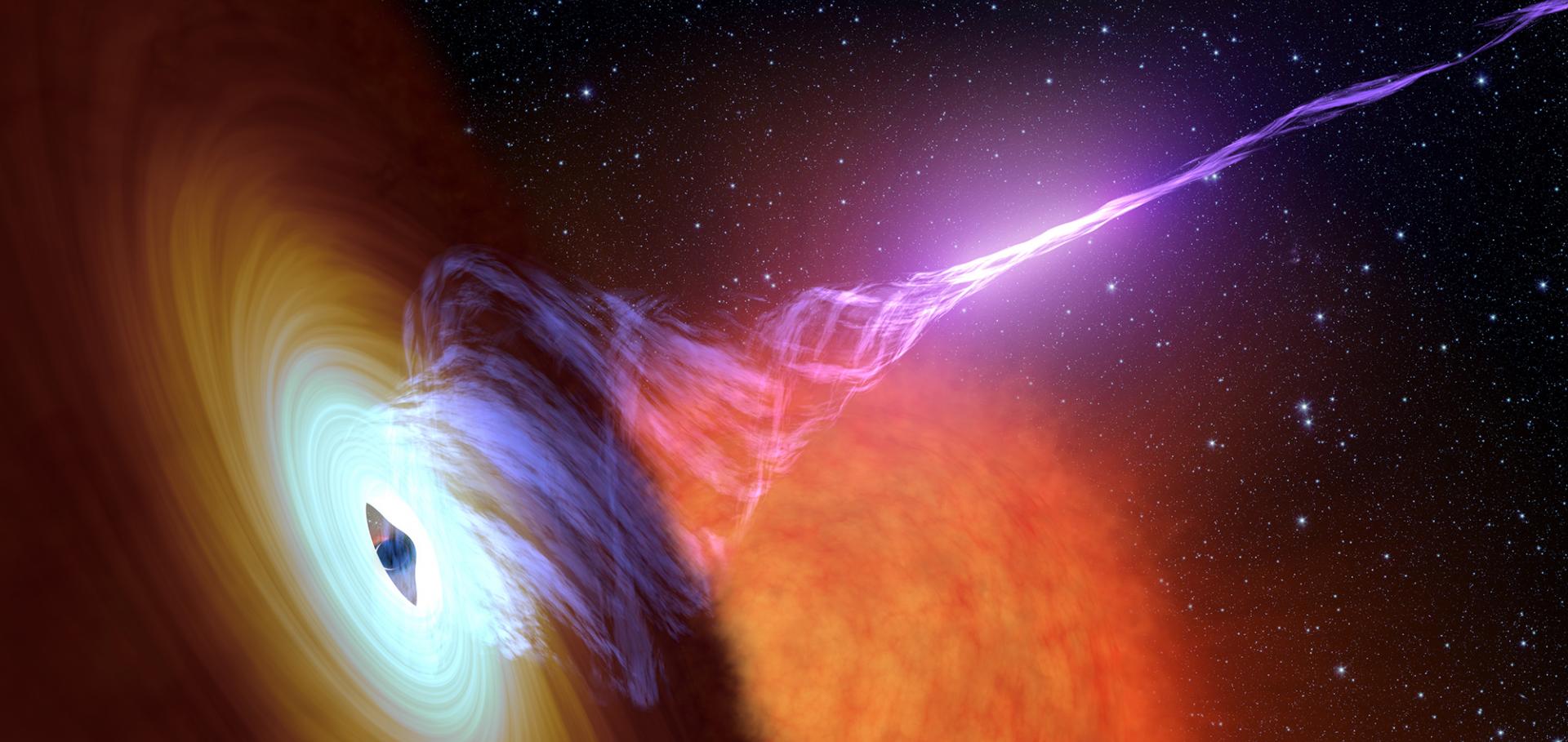Calibrating high-precision Faraday rotation measurements for LOFAR and the next generation of low-frequency radio telescopes
Astronomy and Astrophysics 552 (2013)
Abstract:
Faraday rotation measurements using the current and next generation of low-frequency radio telescopes will provide a powerful probe of astronomical magnetic fields. However, achieving the full potential of these measurements requires accurate removal of the time-variable ionospheric Faraday rotation contribution. We present ionFR, a code that calculates the amount of ionospheric Faraday rotation for a specific epoch, geographic location, and line-of-sight. ionFR uses a number of publicly available, GPS-derived total electron content maps and the most recent release of the International Geomagnetic Reference Field. We describe applications of this code for the calibration of radio polarimetric observations, and demonstrate the high accuracy of its modeled ionospheric Faraday rotations using LOFAR pulsar observations. These show that we can accurately determine some of the highest-precision pulsar rotation measures ever achieved. Precision rotation measures can be used to monitor rotation measure variations-either intrinsic or due to the changing line-of-sight through the interstellar medium. This calibration is particularly important for nearby sources, where the ionosphere can contribute a significant fraction of the observed rotation measure. We also discuss planned improvements to ionFR, as well as the importance of ionospheric Faraday rotation calibration for the emerging generation of low-frequency radio telescopes, such as the SKA and its pathfinders. © 2013 ESO.Detecting highly dispersed bursts with next-generation radio telescopes
Monthly Notices of the Royal Astronomical Society 436:1 (2013) 371-379
Abstract:
Recently, there have been reports of six bright, dispersed bursts of coherent radio emission found in pulsar surveys with the Parkes Multibeam Receiver. Not much is known about the progenitors of these bursts, but they are highly energetic, and probably of extragalactic origin. Their properties suggest extreme environments and interesting physics, but in order to understand and study these events, more examples need to be found. Fortunately, the recent boom in radio astronomy means many 'next-generation' radio telescopes are set to begin observing in the near future. In this paper we discuss the prospects of detecting short extragalactic bursts, in both beamformed and imaging data, using these instruments. We find that often the volume of space probed by radio surveys of fast transients is limited by the dispersion measure of the source, rather than its physical distance (although the two quantities are related). This effect is larger for low-frequency telescopes, where propagation effects are more prominent, but their larger fields-of-view are often enough to compensate for this. Our simulations suggest that the low-frequency component of Square Kilometre Array Phase 1 could find an extragalactic burst every hour.We also show that if the sensitivity of the telescope is above a certain threshold, imaging surveysmay prove more fruitful than beamformed surveys in finding these sorts of transients. © 2013 The Authors Published by Oxford University Press on behalf of the Royal Astronomical Society.Early science with the Karoo Array Telescope test array KAT-7
South African Journal of Science 109:7-8 (2013)
Inclination and relativistic effects in the outburst evolution of black hole transients
Monthly Notices of the Royal Astronomical Society 432:2 (2013) 1330-1337
Abstract:
We have systematically studied the effect of the orbital inclination in the outburst evolution of black hole transients. We have included all the systems observed by the Rossi X-ray Timing Explorer in which the thermal, accretion disc component becomes strongly dominant at some point of the outburst. Inclination is found to modify the shape of the tracks that these systems display in the colour/luminosity diagrams traditionally used for their study. Black hole transients seen at low inclination reach softer spectra and their accretion discs look cooler than those observed closer to edge-on. This difference can be naturally explained by considering inclination-dependent relativistic effects on accretion discs. © 2013 The Authors. Published by Oxford University Press on behalf of the Royal Astronomical Society.Multiwavelength campaign on Mrk 509: XI. Reverberation of the Fe K α line
Astronomy and Astrophysics 549 (2013)


